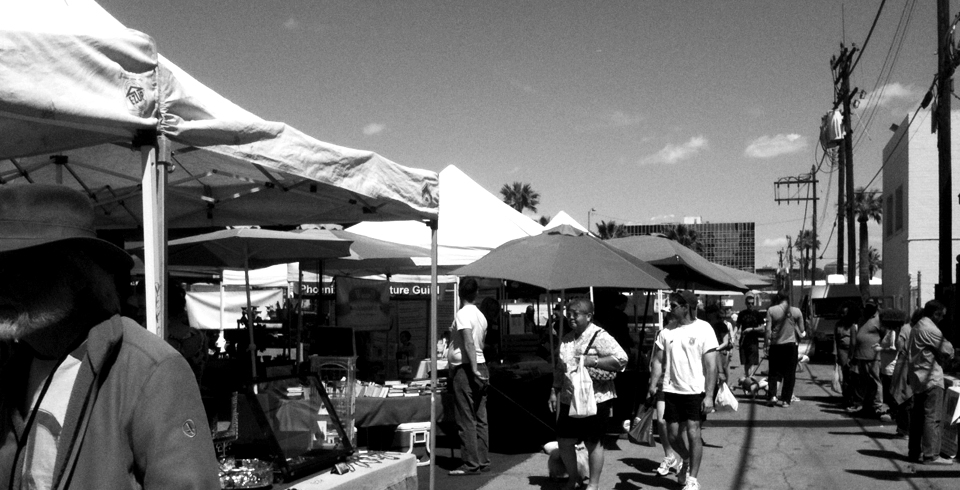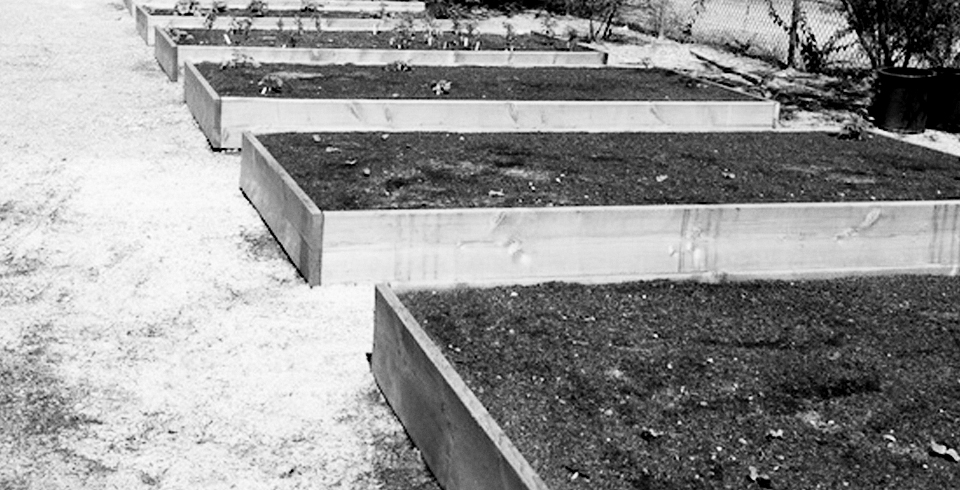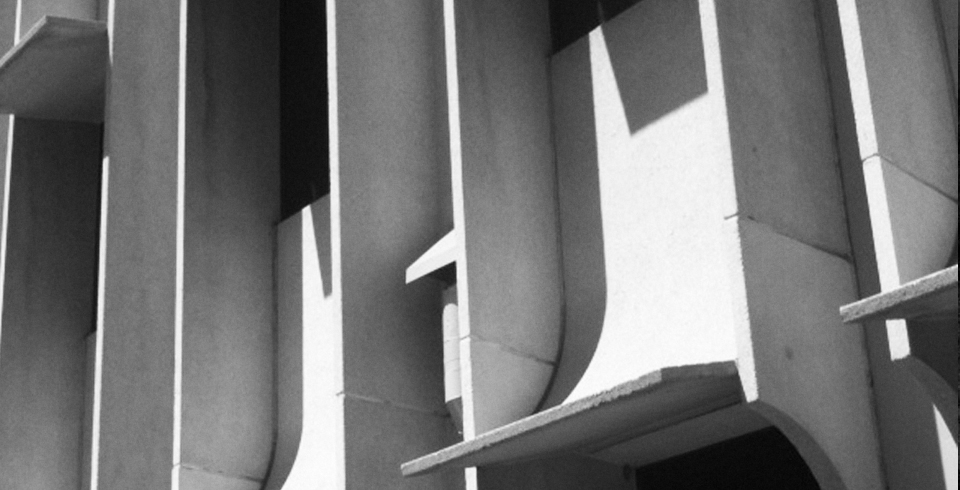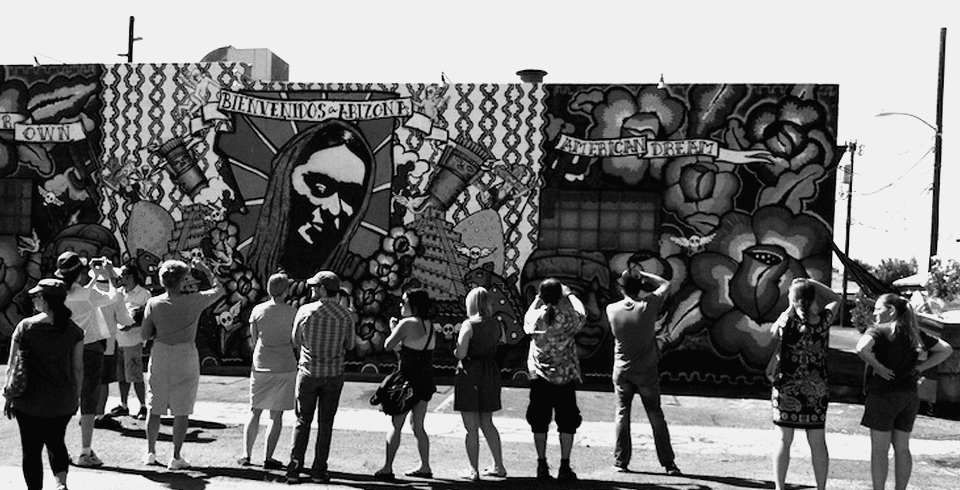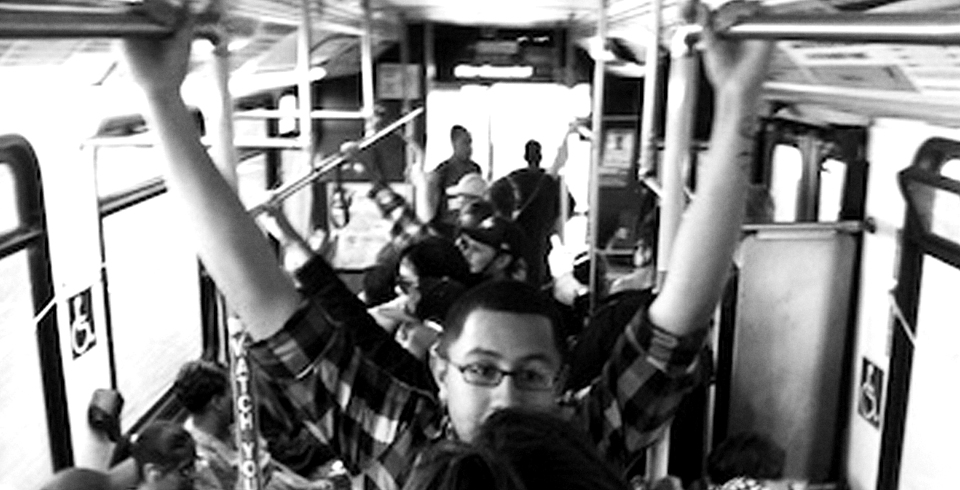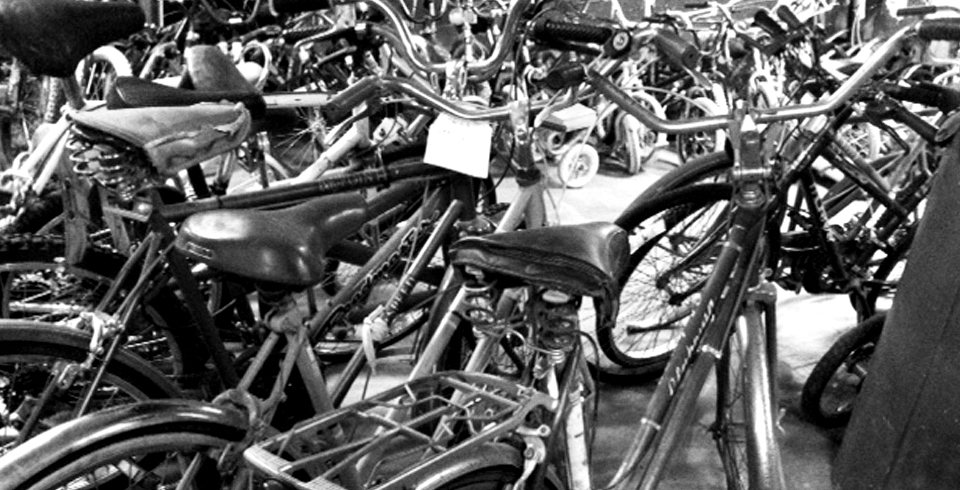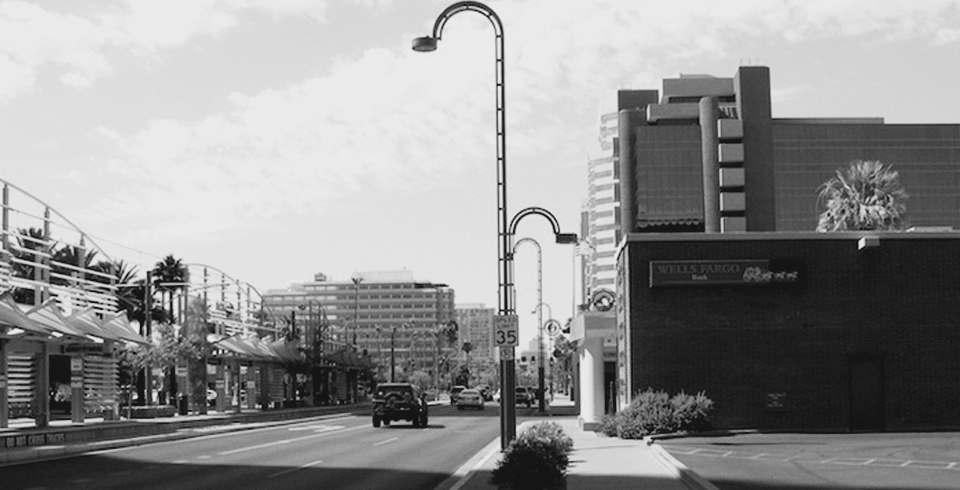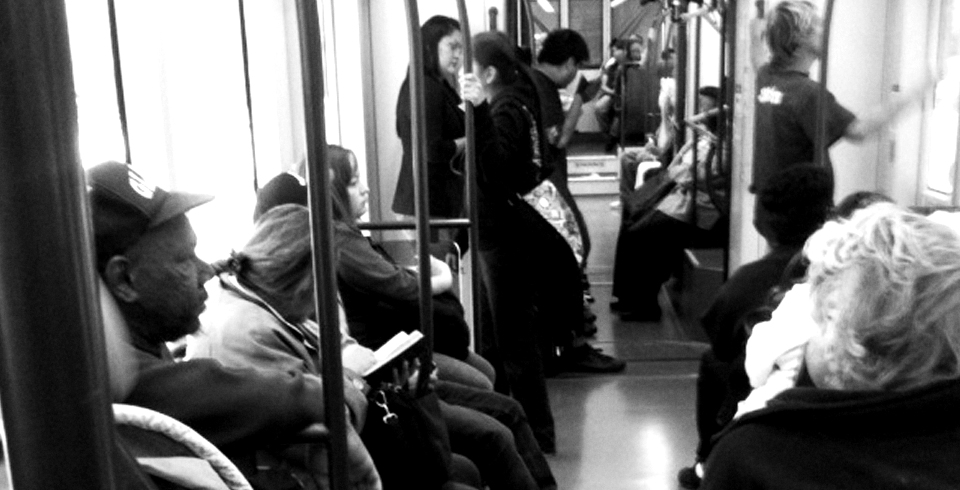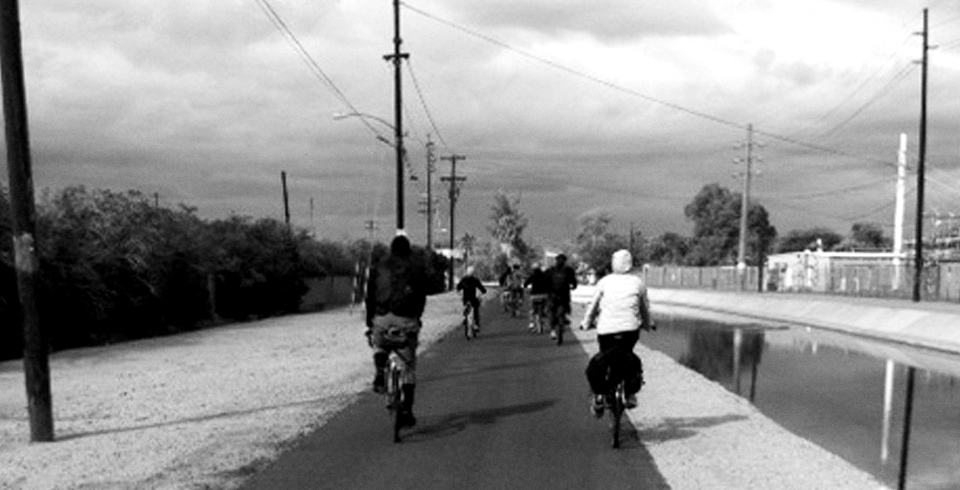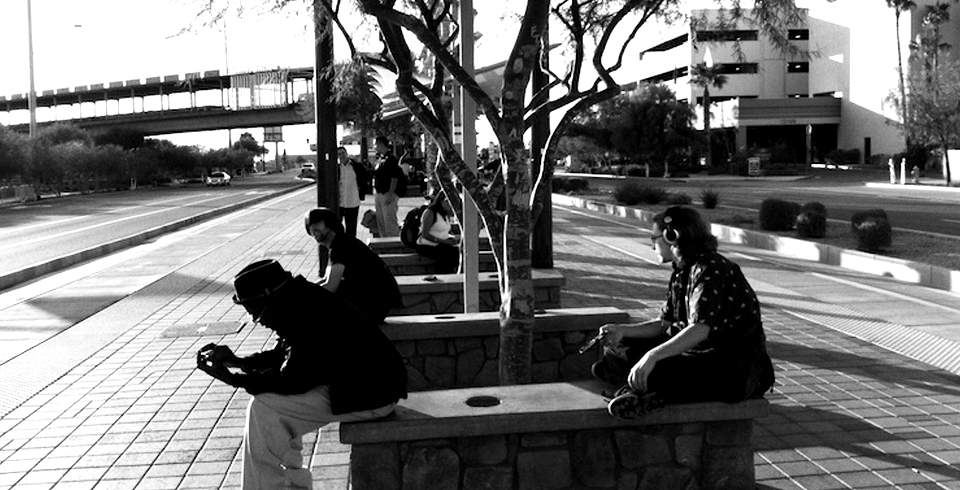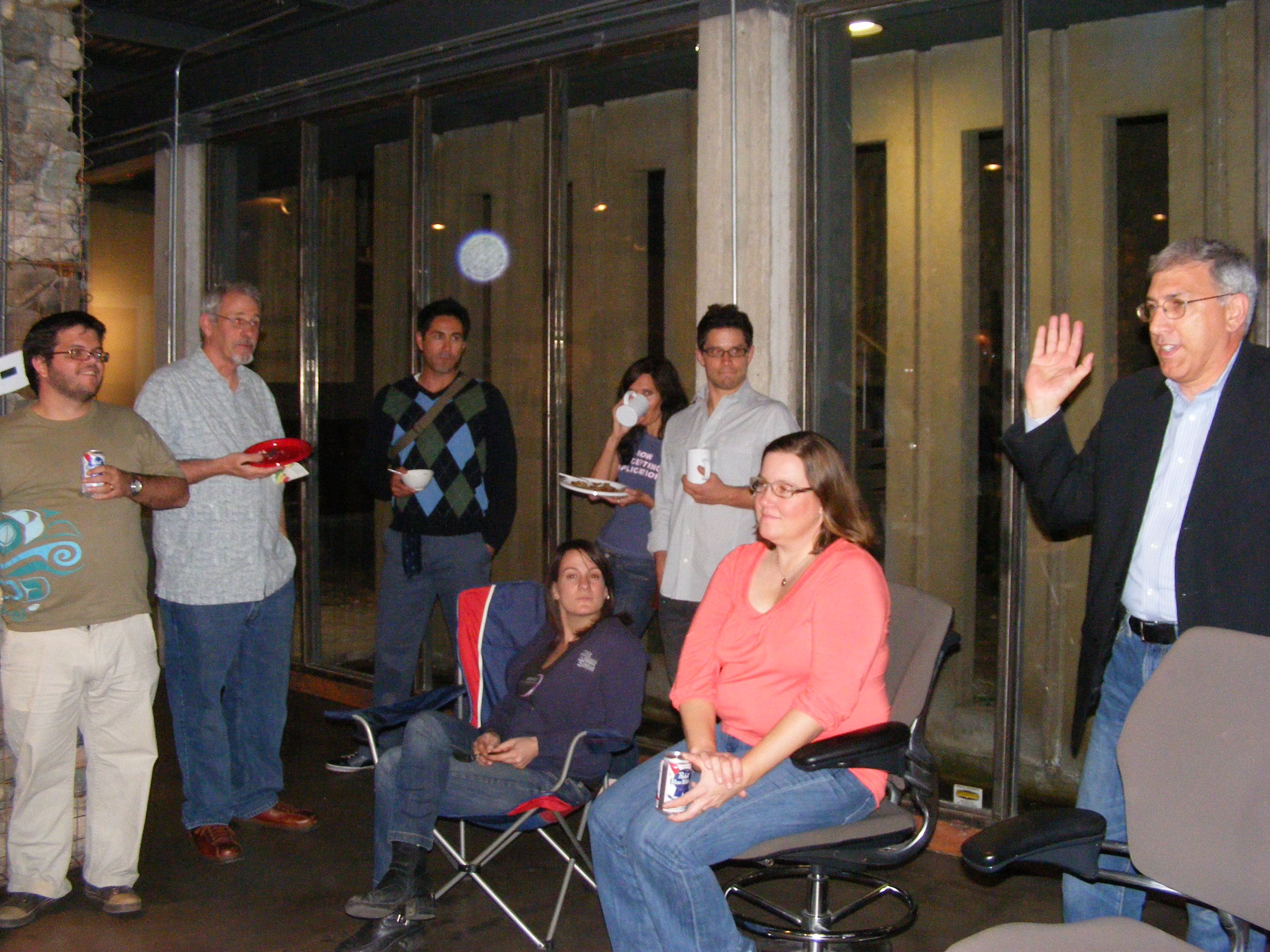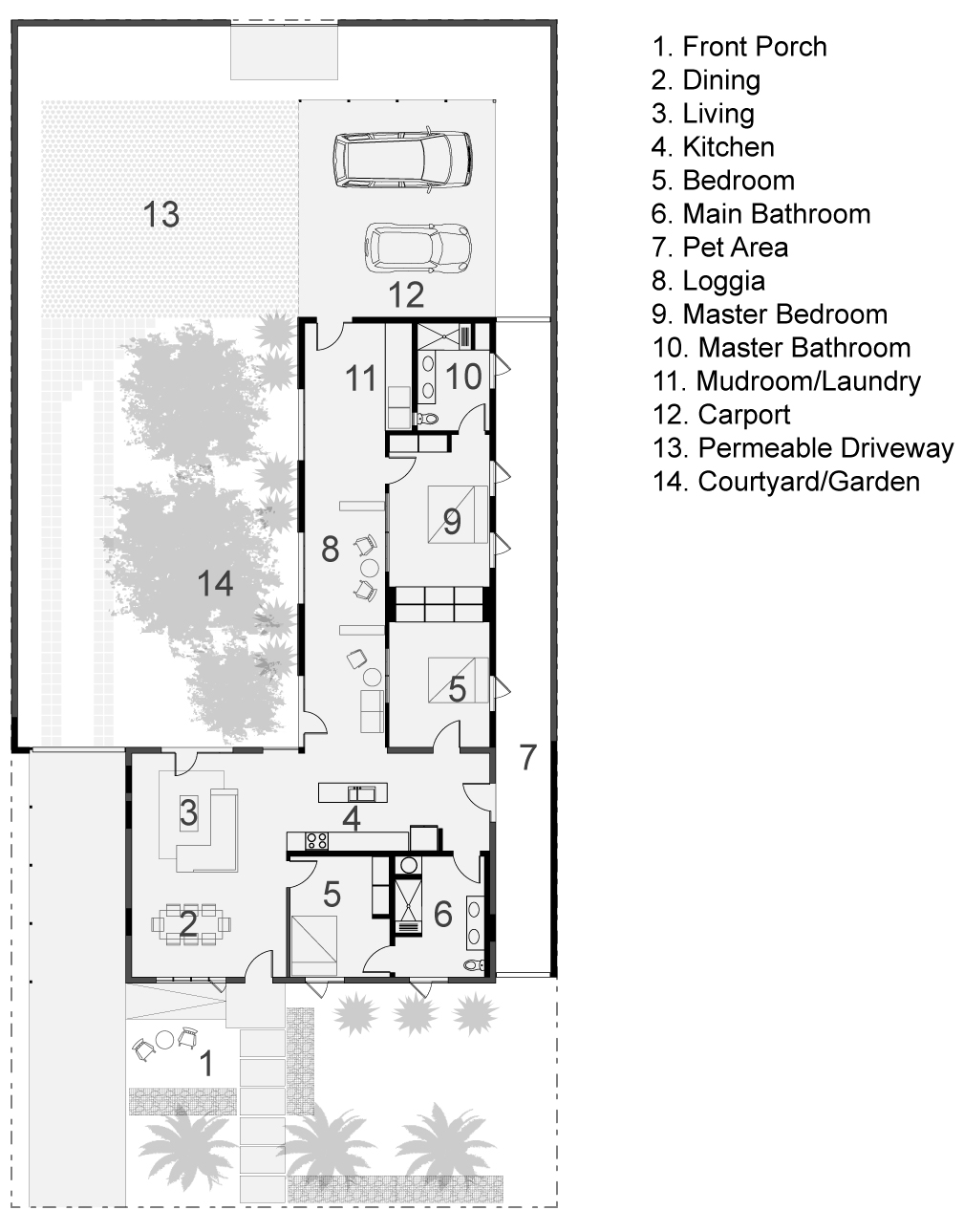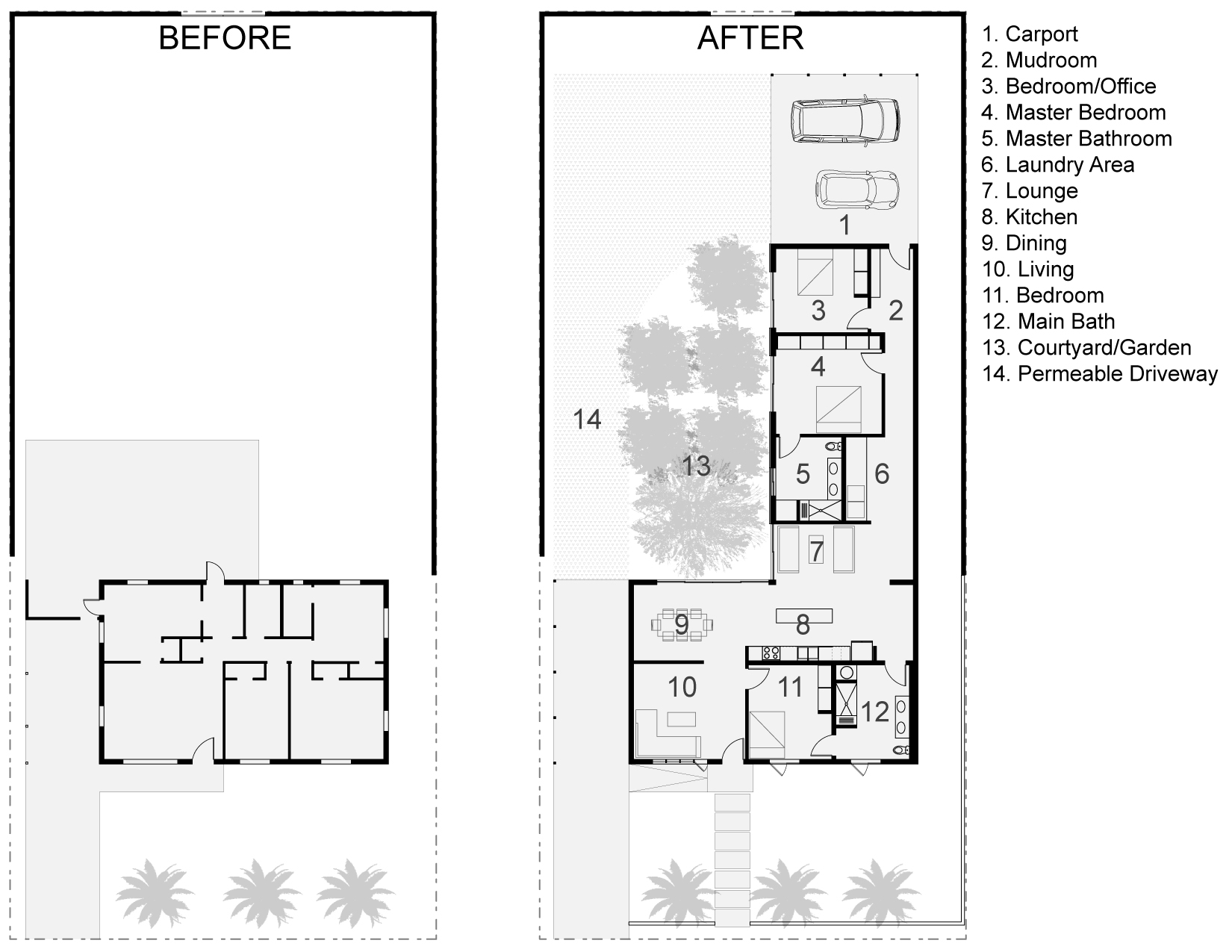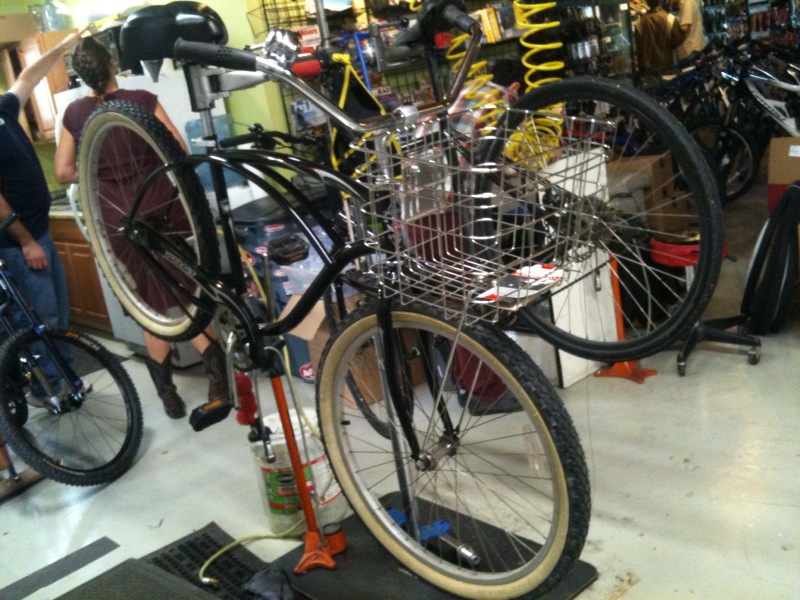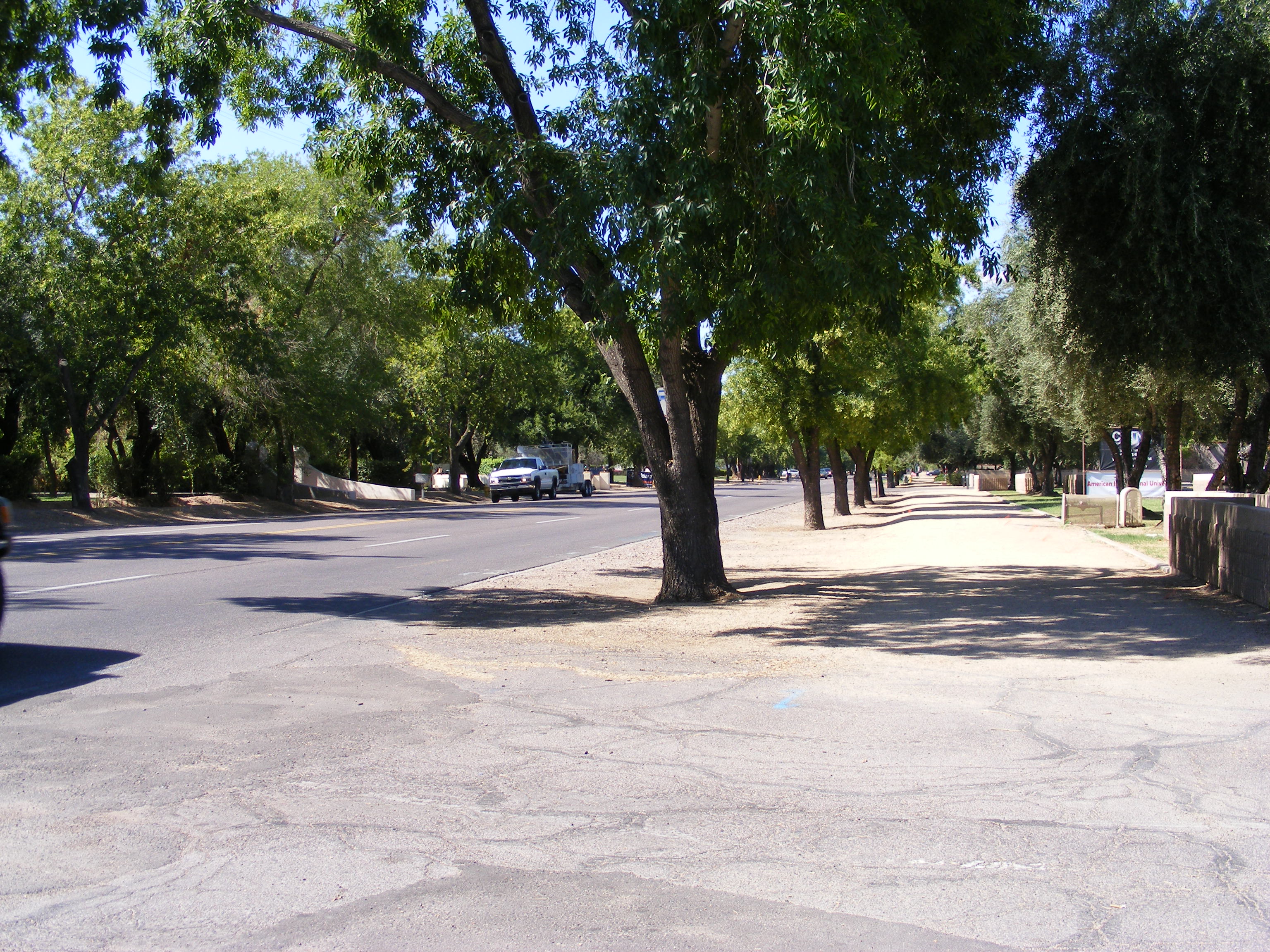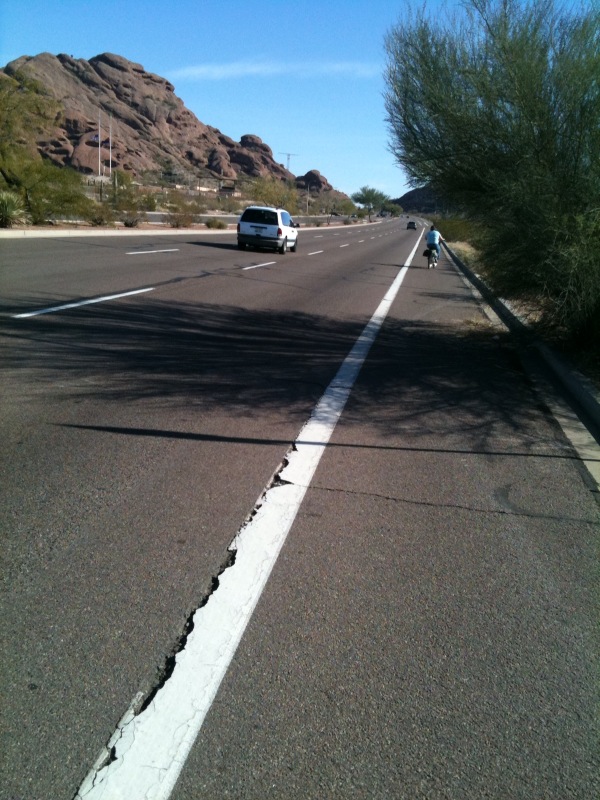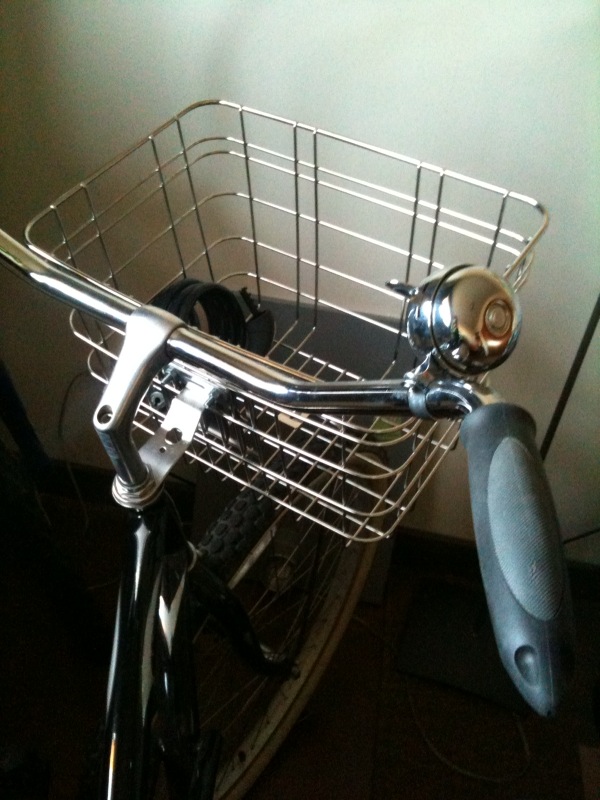Tweet I can’t believe it’s been one full year since Places, Spaces and Faces Community Dinner was started! We started off small, but with fantastic participation at a quality venue, setting the standard for future events. Kathleen Bartolomei, one of the original founders, had a brilliant suggestion at the first dinner which has helped sustain the dinners every month since. She installed the tradition of voting for the best cook in the different categories (sweet, savory and later drinks) and the winners would help organize the next dinner. “Built-in sustainability” she called it and boy she was right! As the…
Posts Tagged ‘phoenix’
Tweet Two weeks ago I had the pleasure of sitting down with historic preservation architect Don Ryden in his office to talk about his fabulous new book, Midcentury Marvels. In talking with Don, I also wanted to clear up some haziness around what historic preservation really is. In today’s post which is only the first part of our conversation, Don talks about why Midcentury Marvels is hopefully only the beginning of a movement, and then he talks candidly about why he would never consider Wendell Burnette’s remodel of St.Francis as historic preservation. Below is part I of our conversation… Blooming…
Tweet On Site with Claire: Flexibility is a key component to our concept: Flexibility is a little-known, but key aspect of sustainability. When flexibility is designed into a house, it makes it easier for it to “flex” as the owner’s needs change or as owners change. Designed flexibility reduces waste and energy when it comes to implementing the inevitable changes that happen in life. A common scenario where flexibility comes to play is when a couple has a child. Is their home flexible enough to effectively house the child, not only in her infancy but as she grows up? What…
Tweet The Castaway House Project Synopsis: Address: 3932 E. Fairmount Ave. Phoenix, AZ 85018 An existing 1000sf painted concrete masonry house, stripped to the studs, “thrown away” by a speculative owner during the economic downturn creating a blight in the neighborhood. The Ranch Mine acquired the property with investor Cycle Development in the hopes of revitalizing not only the house, but restoring life and vibrancy to the neighborhood. In collaboration, The Ranch Mine and Blooming Rock will completely renovate the existing building and add about 900 sf to the house, while creating an exceptional desert outdoor space. Project Mission: Inclusivity:…
Tweet Today’s post is by Suzanne Day about the upcoming program for Rideshare Month put on by Valley Metro. Suzanne is a Business Service Representative of Valley Metro Regional Public Transportation Authority in Phoenix, Arizona. Suzanne has worked in Transportation Demand Management since 1990. Prior to working for Valley Metro, she was the Executive Director of the Central Avenue Transportation Management Association in Phoenix. Suzanne holds a Bachelor of Arts degree in Organizational Communication from Arizona State University. A lifelong Phoenix resident, Suzanne enjoys hiking, cooking, and a relaxing commute on the bus. She served on the Maricopa Association of…
Tweet This is a special guest post by Lysistrata “Lyssa” Hall, a Landscape Architect I with the City of Phoenix Parks and Recreation Department and one of the principal authors of the Tree and Shade Master Plan. Lyssa is an Arizona native that was born and raised in Jerome, Arizona. So often, I am asked what is the perfect shade tree for Phoenix? There really isn’t one perfect tree that can be planted in every place and meet everyone’s needs. Trees are living organisms that have diverse growing habits and needs, so it is critical that we apply the concepts…
Tweet Believe it or not Phoenix was one of the last major cities in the country to complete its freeway system. By the 1960s Phoenix still didn’t have many freeways other than the 1-17. Starting to learn lessons from other parts of the country, especially LA, many in Phoenix weren’t sure that adding freeways would be a good answer to our people-moving dilemma. “…by the later 1960s, people in many cities were beginning to see that near total reliance on the automobile for transportation imposed significant unanticipated costs. Many people now regretted the decisions to bulldoze older neighborhoods that resulted…
Tweet Well, not very far. We may, in fact, have taken a few steps backwards. While I was doing some research for another article I’m writing, I ran into a very telling story written by Pam Hait called “Transportation” in the August 1974 Phoenix Magazine. Below are two excerpts from it that I found fascinating: “Bicycle paths also made giant strides as Scottsdale, Tempe and Phoenix all initiated bike-only paths and lanes. Cities now request that developers build adequate room for bicycle paths into their subdivision plans. Bikers converged on Phoenix City Hall this year, and made the most of…
Tweet This is the second installment in my Car Free Stories series. Check out the first here. Recently I got a bell for my bike and what a transformative experience it’s been! Before, when people were in front of me on a sidewalk, I yelled (respectfully), “excuse me! excuse me!”. Nine times out of ten this wouldn’t work and I’d just have to slow down and wait for an opportunity to pass the seemingly deaf pedestrian. Now that I have a bell, I’ll ring it once and the astute ones will hear it and get out of the way. I…
Tweet Today’s post is the third and final installment of my interview with the Executive Director of the Arizona Centennial 2012 Foundation, Karen Churchard. If you missed them, make sure to read part I and part II of the interview. In today’s post, we find out how the Native American and Hispanic populations will be recognized and included in the Centennial, how we can all participate, and finally why the Centennial is coming at such a good time. Blooming Rock: How are the tribal communities going to be included in the Centennial? Karen Churchard: On Centennial Way, we’re doing a…





